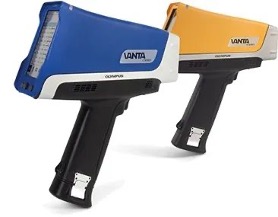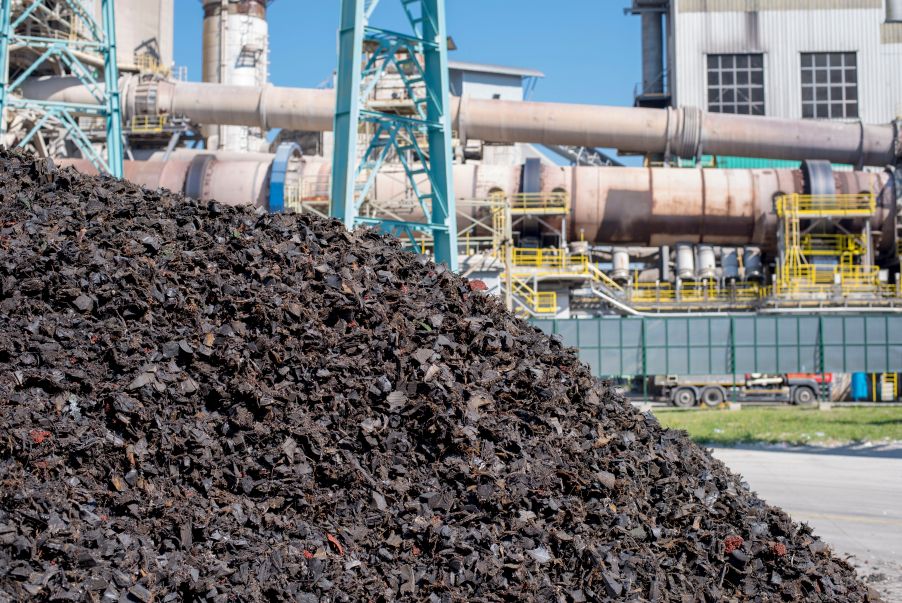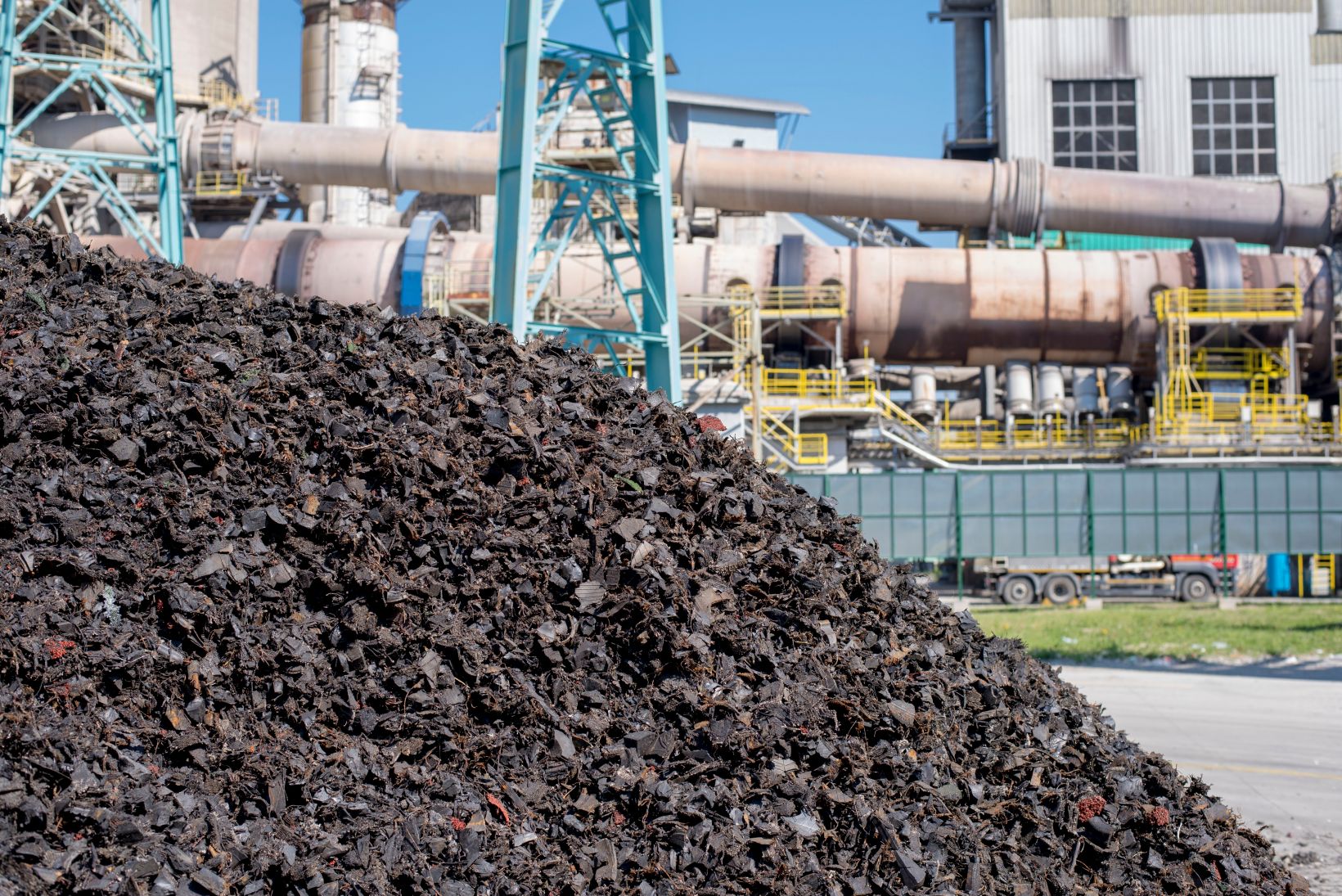In cement production, it’s critical to identify and analyze solid waste as it arrives and before it enters the kiln to help ensure the waste is free of heavy metals and toxic substances. One tool that plays an important role in this process is the handheld X-ray fluorescence (XRF) analyzer.
In this post, we will explore why handheld XRF analyzers are essential testing tools for coprocessing solid wastes in cement kilns and cover some of their key benefits for the application.
The Importance of Coprocessing Solid Wastes in Cement Kilns
The technology for coprocessing solid wastes in cement kilns was developed in the 1970s. Since the 20th century, some countries have combined the concept of waste treatment with circular economy and sustainable development.
By using cement kilns to treat solid wastes, the operational cost of using solid waste treatment facilities can be eliminated and alternative fuels and raw materials can be discovered, achieving economic and environmental benefits, including the reduction of CO2 emissions.
The core of coprocessing solid wastes in a cement kiln lies in full utilization of combustible components and ash materials in solid wastes during cement production. Combined with the production characteristics of a cement kiln, adopting the appropriate technical solution can help reduce garbage, reducing its impact on the environment while turning it into a resource or energy source.
Regulations have set limitations on the content of heavy metal and other pollution elements in solid waste before it enters the kiln. Some important regulations include:
- Environmental protection technical specification for coprocessing of solid wastes in a cement kiln (HJ 662-2013)
- Technical specification for coprocessing of solid wastes in a cement kiln (GB 30760-2014)
To meet regulations and manage the coprocessing of solid wastes, many cement manufacturers use handheld XRF analyzers, like our Vanta™ series, during the pretreatment process to test for hazardous elements and toxic substances before solid waste enters the kiln.

Vanta handheld XRF analyzers
The Benefits of Using Handheld XRF Analysis for the Pretreatment Process of Coprocessing Solid Wastes in Cement Kilns
Our Vanta analyzer has many benefits for the pretreatment process:
- Provides fast coverage of large areas, improving the sampling density for fast decision-making
- Helps field operators address urgent situations immediately with efficient on-site analysis
- Can be used to screen samples for further analysis in the laboratory, ensuring only the correct materials are sent to the laboratory for reduced test costs
- Delivers detailed information on the spot, enabling cement enterprises to optimize costs for solid waste disposal
- Provides accurate results from parts per million (ppm) to the percent level, helping to ensure a good limit of detection (LOD)
- Portable design with a clear touch-screen display makes the analyzer an ideal on-site analysis tool
- Can test heavy metals of concern to cement companies, including vanadium (V), chromium (C), manganese (Mn), nickel (Ni), copper (Cu), zinc (Zn), arsenic (As), and cadmium (Cd), as well as other hazardous elements
A Versatile Tool for Identifying Hazardous Metals and Pollutants
Vanta analyzers provide a practical solution for analyzing hazardous metals and pollutants.
It can measure pollution elements, such as silver (Ag), arsenic (As), cadmium (Cd), chromium (Cr), copper (Cu), mercury (Hg), nickel (Ni), lead (Pb), selenium (Se), thallium (Tl), and zinc (Zn), which need to be detected preferentially.
The analyzer is also an ideal tool to measure elements with limitations set in the EPA’s Resource Conservation and Recovery Act (RCRA). These include silver (Ag), arsenic (As), barium (Ba), cadmium (Cd), chromium (Cr), mercury (Hg), lead (Pb), and selenium (Se). Further, it can detect rare earth elements (REEs), radioactive elements (U), and thorium (Th).
Related Content
Brochure: Vanta for Environmental Applications
Video: Professor Weindorf Discusses the Benefits of XRF for Environmental Assessments


